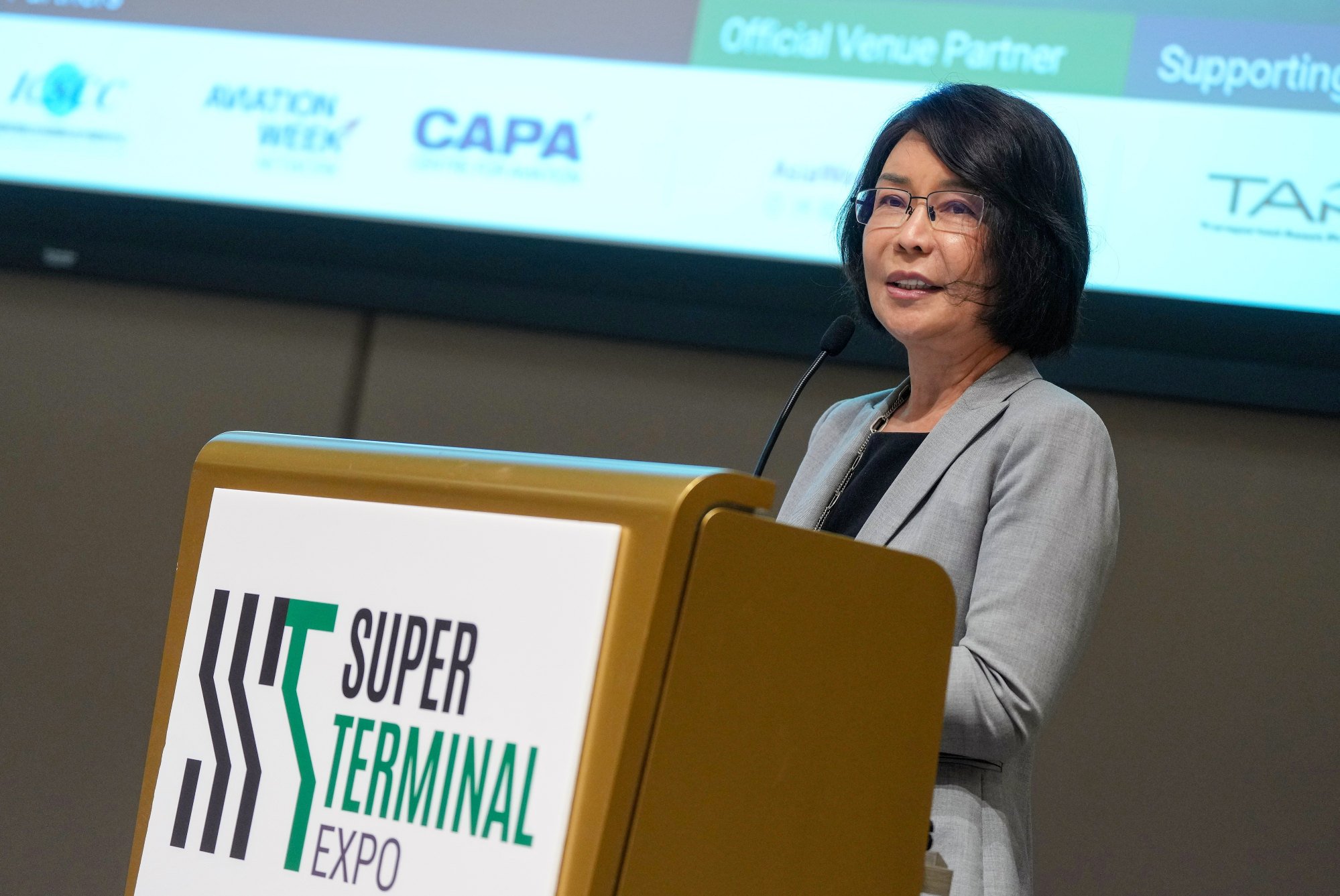Russian airspace restrictions ‘blocking Hong Kong airport’s return to pre-Covid capacity’
Western countries announced the closure of their respective airspaces to Russian aircraft following Moscow’s invasion of Ukraine in February 2022.
The Kremlin subsequently retaliated by restricting airlines from 36 countries in Europe and North America from flying over its skies.
While Asian states have generally avoided similar sanctions, airlines such as Korean Air, All Nippon Airways and Singapore Airlines have all voluntarily circumvented Russian airspace, with the moving adding up to three more hours to journey times.
Cathay’s initial diversion prompted drastically inflated air ticket fares for many destinations, especially flights to North America.
Some analysts said many airlines in the West preferred to operate flights to high-demand locations rather than routes with longer flight times.
The Post found on Monday that a Cathay Pacific return ticket to New York’s John F Kennedy International Airport ranged between HK$16,700 (US$2,100) and more than HK$25,000.
A similar package between Hong Kong and Vancouver also costs anywhere from HK$13,600 to HK$18,000.
Hong Kong is also preparing for the launch of its three-runaway system this year, after completing a HK$141.5 billion expansion project that started in 2016.

The runway, which spans 3.8km (2.3 mile), came into service in 2022, while the second strip closed for maintenance. All three are expected to be operational by as early as November.
The 650-hectare (1,606-acre) expansion project will gradually increase airport capacity by 50 per cent, and is seen as key to the development of Hong Kong and southern mainland China.
The present terminal facilities at the airport are designed to handle up to 80 million passengers a year.
Hong Kong airport handled 45.2 million passengers and 309,650 flight movements in 2023-24, respective increases of 264.5 and 92.1 per cent year-on-year.
But passenger numbers were only 74.2 per cent of the 2019-20 level, and aircraft movements stood at 82.2 per cent of the pre-Covid level.